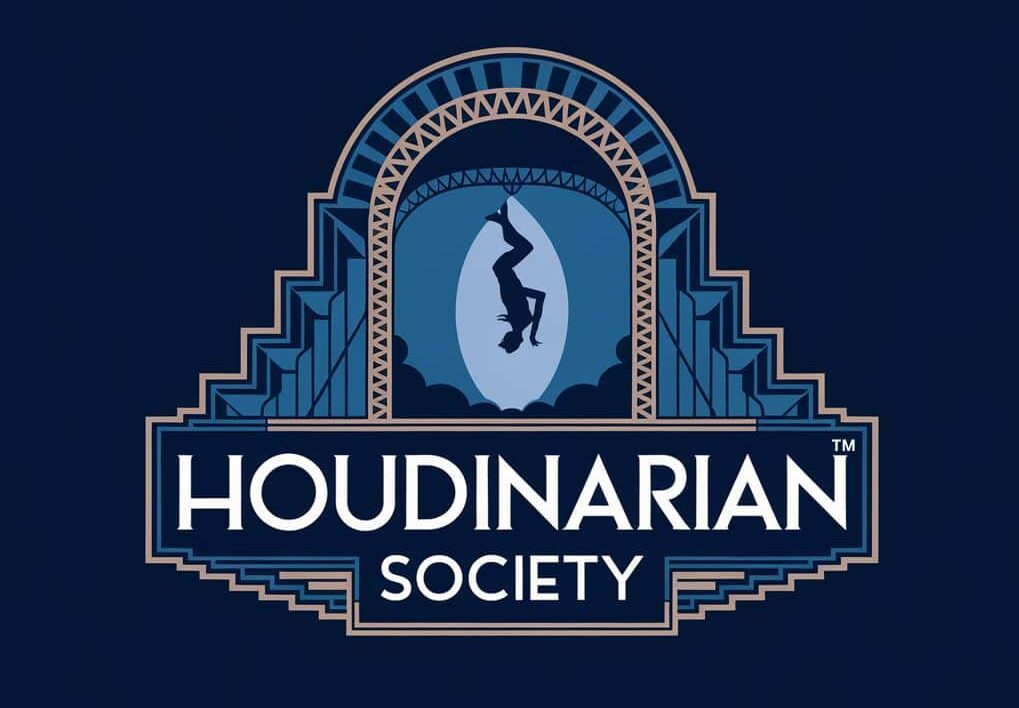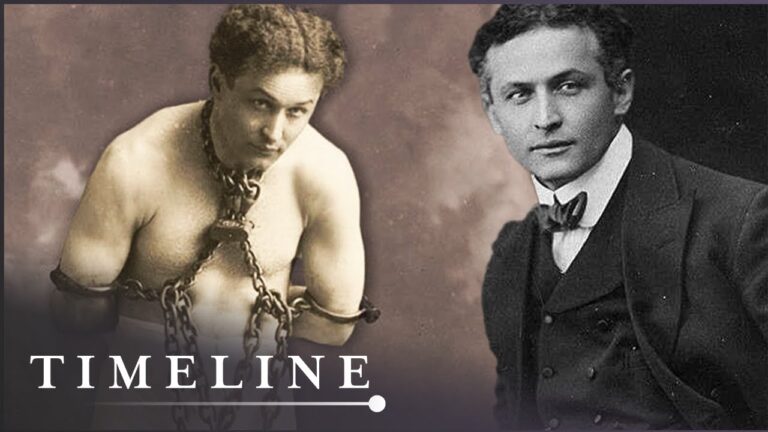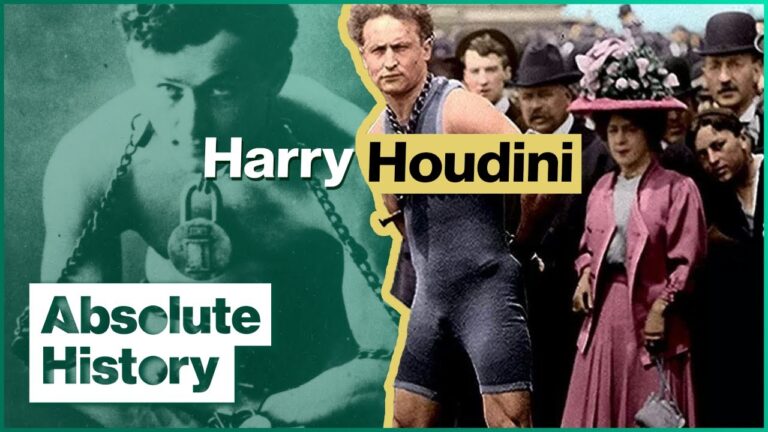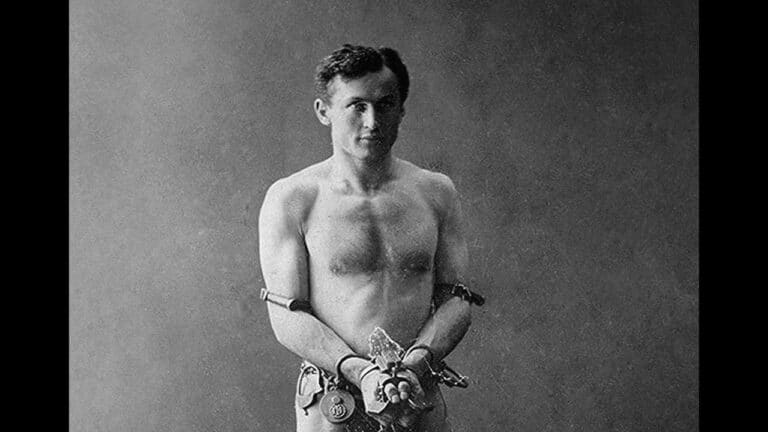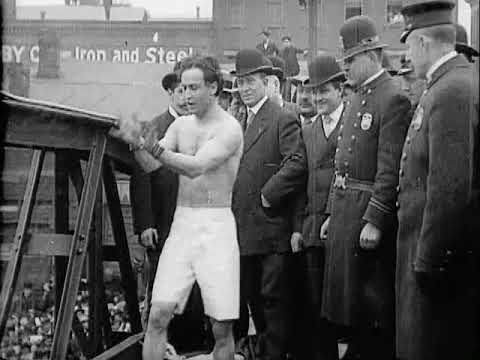The Cultural Impact of Houdini: How His Persona Influenced Film and Literature
Harry Houdini’s influence stretches far beyond his time as a master escape artist and magician. His dramatic performances and larger-than-life persona have shaped modern entertainment. Countless films, books, and theatrical productions continue to captivate audiences today. His daring reputation and muscular physique made him more myth than man, creating a lasting image that writers and filmmakers still draw from.
When you watch movies or read stories featuring magicians, you’ll often see Houdini’s influence at work. He remains a muse and rich source of visual culture, from his iconic posters to the archetypal movie magician character. His mix of showmanship, physical prowess, and mystery created a template that storytellers keep returning to.
As an ingenious innovator, Houdini pioneered new ways to captivate audiences. He even incorporated film into his shows as early as 1906, marking him as an early adopter of multimedia entertainment. This blending of different forms of spectacle set standards that modern performers still follow.
Houdini’s Persona and Public Image

Harry Houdini crafted a carefully curated public image as a death-defying escape artist and master showman. His strategic mix of mystery, danger, and theatrical flair made him a natural fit for visual media.
The Rise of Houdini: Early Life and Career
Born Erik Weisz in Budapest, Hungary, young Harry showed early signs of showmanship. You can trace his transformation from struggling circus performer to vaudeville sensation through his evolving stage presence.
His breakthrough came when you look at his early handcuff escapes in Europe. These acts let him perfect the mix of drama and skill that defined his later career.
By 1900, you could see Houdini’s emerging persona taking shape – part daredevil, part sophisticated entertainer. He dressed impeccably in formal attire, speaking with confidence and authority.
Crafting the Mysterious Performer: Marketing Techniques
Houdini became a master at attracting publicity through calculated stunts and press engagement. You would often find him performing free escapes outside newspaper offices to guarantee coverage.
His promotional strategies included:
- Challenging local police to restrain him
- Issuing public challenges to competitors
- Distributing dramatic posters and handbills
- Creating theatrical backstories for his escapes
He maintained an air of mystery by never fully revealing his methods. You would hear him attribute his escapes to physical fitness and “self-liberation” rather than trickery.
Public Perception and Media Coverage
Houdini’s role as a protector of truth enhanced his credibility with the public. His campaign against fraudulent spiritualists showed you his commitment to honesty despite his mysterious persona.
The press portrayed him as both superhuman and relatable. You could read accounts of his death-defying stunts alongside stories of his devotion to his mother.
His influence reached diverse audiences. His performances in Harlem theaters during the 1920s brought his artistry to new communities.
His persona grew so powerful that you can see his influence in early superhero characters. His death-defying feats inspired figures like Batman and The Shadow.
Influence on Film Noir

The escapist themes and mysterious persona cultivated by Houdini left an indelible mark on cinema’s darkest genre. His blend of showmanship, danger, and psychological manipulation became key elements in film noir storytelling.
Houdini’s Themes in Early Cinema
Film noir emerged in the 1940s, but its roots trace back to Houdini’s own film appearances. His escape acts inspired tense scenes of confinement and liberation that became noir staples.
Early noir films like The Maltese Falcon and Journey into Fear incorporated elements of misdirection and illusion that Houdini mastered in his performances.
Houdini’s cinematic work established visual techniques for building suspense through confined spaces and seemingly impossible situations.
The Archetype of the Mysterious Performer
Film noir’s mysterious protagonists often mirror Houdini’s carefully crafted public image. You can see his influence in characters who maintain an air of inscrutability while navigating dangerous circumstances.
The magician archetype in noir films frequently employs Houdini-like skills of lockpicking, disguise, and psychological manipulation.
These characters typically operate in shadowy urban environments, much like Houdini’s own theatrical world of dark theaters and backstage mysteries.
Notable Film Noir Characters Inspired by Houdini
The “escape artist” character type appears repeatedly in classic noir films. These protagonists use wit and specialized skills to escape deadly traps, just as Houdini did.
Characters like Harry Fabian in Night and the City (1950) showcase the showman-turned-criminal archetype that draws from Houdini’s theatrical legacy.
Private detectives in noir films often display expertise in lockpicking and escapology – skills directly influenced by Houdini’s famous abilities.
Impact on Mystery Novels

Harry Houdini’s escape artistry and showmanship left an enduring mark on mystery fiction, inspiring countless authors to create daring escape scenes and ingenious plots.
Houdini in Early 20th-Century Literature
The magician’s influence on mystery novels began during his lifetime. Writers drew inspiration from his real-life adventures exposing con artists and his remarkable stage performances.
Mystery writers of the 1920s frequently incorporated elements of stage magic and escapology into their plots. You’ll find references to Houdini’s famous handcuff escapes and locked-room mysteries in numerous books from this era.
The character archetype of the clever escape artist became a staple in detective fiction, with authors using Houdini’s methods as blueprints for their heroes’ impossible escapes.
The Escape Artist in Fiction
Writers adapted Houdini’s techniques to create tension in their stories. The locked-room mystery genre grew particularly popular, with protagonists using misdirection and clever thinking to solve seemingly impossible crimes.
Many fictional detectives gained expertise in lockpicking and escape methods, skills directly inspired by Houdini’s performances.
You’ll notice that mystery novels often feature climactic scenes where heroes must escape death traps or sealed rooms, drawing on Houdini’s most famous stunts for authenticity.
Key Authors and Works Influenced by Houdini
Notable authors who incorporated Houdini-inspired elements:
- Clayton Rawson – Created the Great Merlini detective series
- John Dickson Carr – Specialized in locked-room mysteries
- Walter B. Gibson – Writer of The Shadow series
These writers used their knowledge of magic and Houdini’s revolutionary escape techniques to craft intricate mysteries.
The influence continues in modern mystery fiction, where authors regularly reference Houdini’s methods or feature magician-detectives as main characters.
Theatrical Storytelling and Stage Performances
Houdini transformed magic shows into dramatic theatrical events by combining suspense, danger, and storytelling. His innovative approach to live entertainment created a new standard for performing artists.
Houdini’s Innovations in Live Performance
Houdini made theatrical elements central to his magic, turning each escape into a gripping story. You would watch him build tension through careful pacing and dramatic pauses.
He invited audience inspection of his props and restraints, making you feel part of the performance. This transparency added credibility while heightening the mystery.
His signature move involved appearing completely trapped before making a triumphant escape. You could feel the energy shift in the theater as he emerged victorious.
Theatrical Techniques and the Illusion of Escape
His preparation was intricate and meticulous. Each performance followed a carefully crafted sequence designed to maximize dramatic impact.
Houdini used lighting, music, and staging to enhance the illusion of danger. Your eyes would be drawn exactly where he wanted them.
He mastered the art of misdirection through theatrical gestures and movements. Even his seemingly casual actions served a purpose in the performance.
Influence on Modern Stage Magicians
Modern magicians still study Houdini’s methods of audience engagement. You can see his influence in how today’s performers interact with their viewers.
His theatrical approach to magic shaped entertainment culture far beyond simple tricks. Magic shows now emphasize storytelling and production value.
Many contemporary escape artists build their acts on foundations Houdini created. When you watch modern magic shows, you’re seeing his theatrical legacy in action.
Contemporary Media and Houdini’s Legacy
Harry Houdini’s influence extends deep into modern entertainment, shaping how audiences view magic and escape artistry. His methods and showmanship continue to set standards for performers today.
Portrayal of Magicians and Escape Artists in Modern Film
Many films draw direct inspiration from Houdini’s larger-than-life persona. You’ll notice his influence in characters who combine physical prowess with theatrical flair.
The 2006 film “The Prestige” and 2013’s “Now You See Me” feature escape sequences that mirror Houdini’s famous acts. These movies emphasize the same elements that made Houdini famous: danger, suspense, and seemingly impossible escapes.
Modern filmmakers often use Houdini’s real-life techniques as inspiration. When you watch magic-themed movies, you’ll spot signature elements like underwater escapes, strait jacket breaks, and chain releases.
Television Series and Documentaries on Houdini
TV producers have created numerous shows exploring Houdini’s innovations and legacy. The History Channel’s 2014 miniseries “Houdini” starring Adrien Brody brought his story to new audiences.
Documentary makers regularly highlight Houdini’s impact on modern magic. Shows like “Mysteries at the Museum” and “Wild About Harry” examine his props and methods.
Reality TV competitions like “Masters of Illusion” and “Penn & Teller: Fool Us” frequently feature performers attempting to recreate or update classic Houdini escapes.
Lasting Impact on Pop Culture and Entertainment
You can find Houdini’s cultural influence in video games, comic books, and novels. His name has become shorthand for any impressive escape or feat of illusion.
Modern magicians still market themselves using Houdini’s promotional tactics. You’ll see his influence in how they build suspense and create publicity stunts.
Popular References:
- “Pull a Houdini” – meaning to disappear or escape
- Magic video games featuring Houdini-inspired challenges
- Comic book characters with escape artist abilities
His techniques continue to inspire new generations of performers. Street magicians and stage illusionists regularly pay tribute to his methods while adding modern twists.
